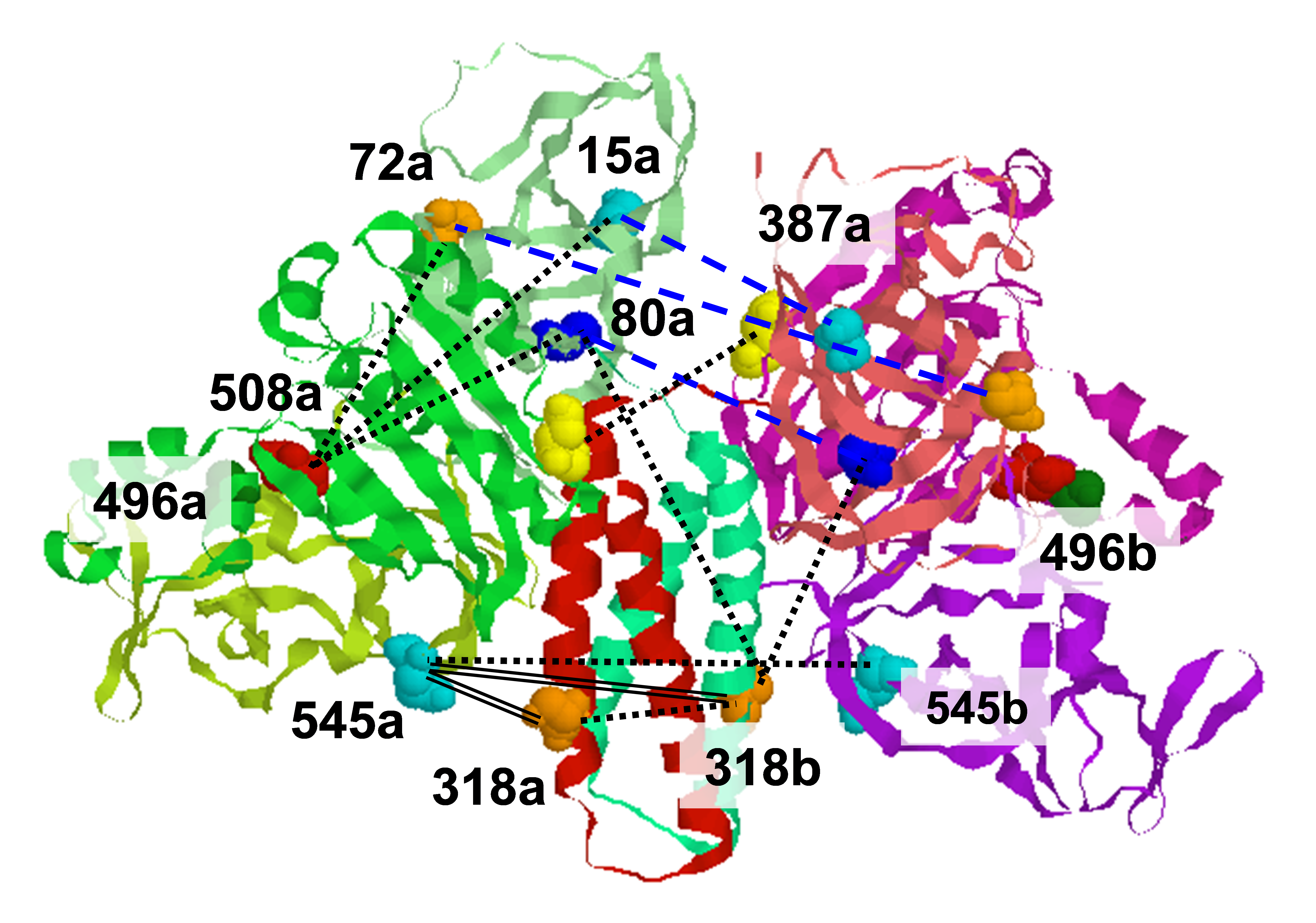.svg) National Institute of General Medical Sciences |
 |
 |
National Biomedical Resource for |
| ACERT's Service and Collaborative Projects | |
Macrophages in atherosclerotic lesions accumulate large amounts of free cholesterol (FC). FC accumulation induces macrophage apoptosis (programmed cell death), which is prominent in advanced atherosclerosis. Recent findings have suggested that FC trafficking to the endoplasmic reticulum (ER) results in depletion of ER calcium stores and induction of an ER-based stress pathway which leads to apoptosis. We proposed that FC enrichment of the ER membrane inhibits sarcoplasmic-endoplasmic reticulum calcium ATPase-2b (SERCA2b), the calcium pump responsible for maintaining ER calcium stores. Furthermore, we proposed that changes in ER bilayer properties might cause the inhibition of SERCA2b which would be detectable by ESR methods. SERCA2b-containing ER membranes were enriched with FC in vitro to a level similar to that occurring in the ER of FC-loaded macrophages. Compared with SERCA2b in unloaded ER, FC enrichment inhibited SERCA2b activity. We found that there was a very close correlation between increasing membrane lipid order, as monitored by the end-chain spin labeled lipid, 16PC, and SERCA2b inhibition. This is illustrated in the Figure below. Thus, enriching ER membranes with FC to a level that occurs in the ER of FC-loaded macrophages is capable of markedly increasing the order of ER membrane lipids, and this increase in lipid order is strongly correlated with inhibition of SERCA2b. We suggest that SERCA2b loses function as a result of changes caused by FC-ordered membranes. This biophysical model may underlie the critical connection between excess cholesterol and macrophage death in advanced atherosclerosis. Publication: Y. Li, M. Ge, L. Ciani, G. Kuriakose, E.J. Westover, M. Dura, D.F. Covey, J.H. Freed, F.R. Maxfield, J. Lytton, and I. Tabas, J. Biol. Chem., 279, 37030-37039 (2004); no PMCID |
|
|
|
|
F. Maxfield (Dept. of Biochemistry, Weill Medical School), L. Ciani, (Dept. of Chemistry, University of Florence), I. Tabas (Dept. of Anatomy and Cell Biology, Columbia University) J. H. Freed, M. Ge, (ACERT) |
|
|
|
About ACERT Contact Us |
Research |
Outreach |
ACERT is supported by grant 1R24GM146107 from the National Institute of General Medical Sciences (NIGMS), part of the National Institutes of Health. |
|||||
| ||||||||